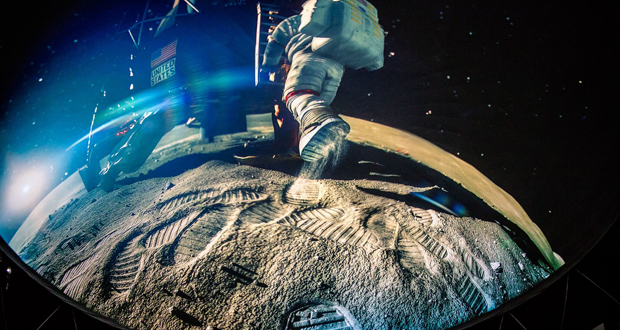Related post
Our Time – Spatial instrument for manipulating the perception of time
Jan 18, 2017
|
Comments Off on Our Time – Spatial instrument for manipulating the perception of time
2813
IV Centenario de la Plaza Mayor de Madrid. Oficial
Nov 20, 2017
|
Comments Off on IV Centenario de la Plaza Mayor de Madrid. Oficial
2005
Panasonic Laser Projectors Illuminate Story of the Forest at National Museum of Singapore
Aug 10, 2017
|
Comments Off on Panasonic Laser Projectors Illuminate Story of the Forest at National Museum of Singapore
1549




